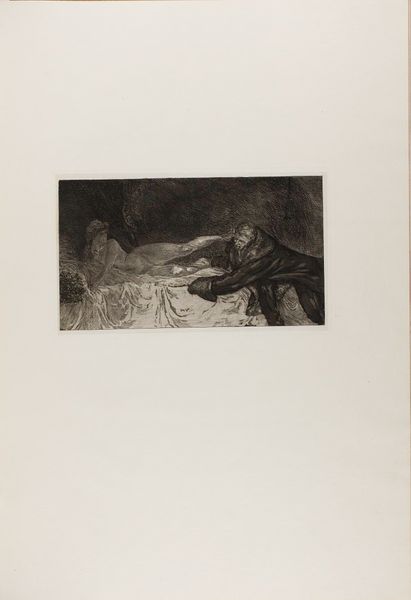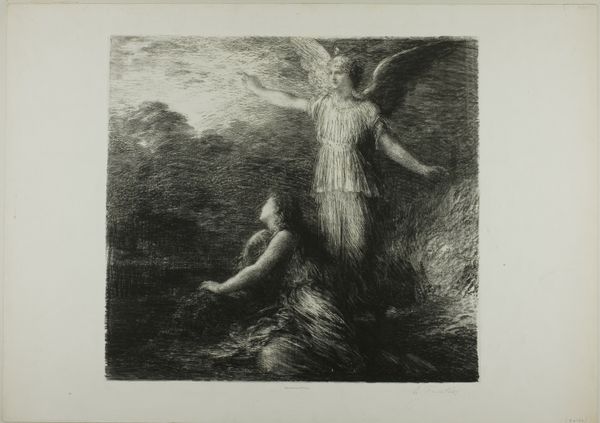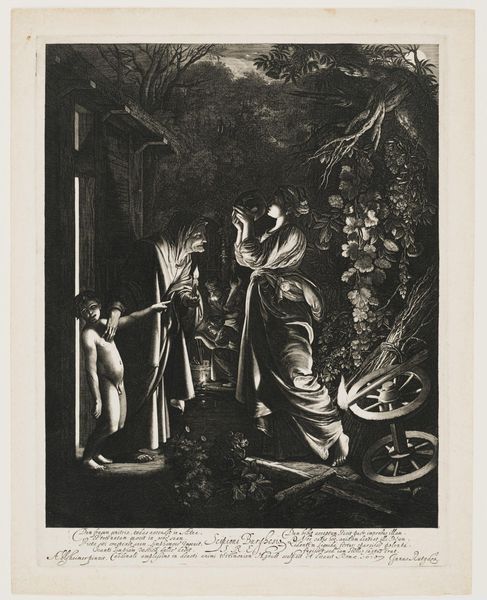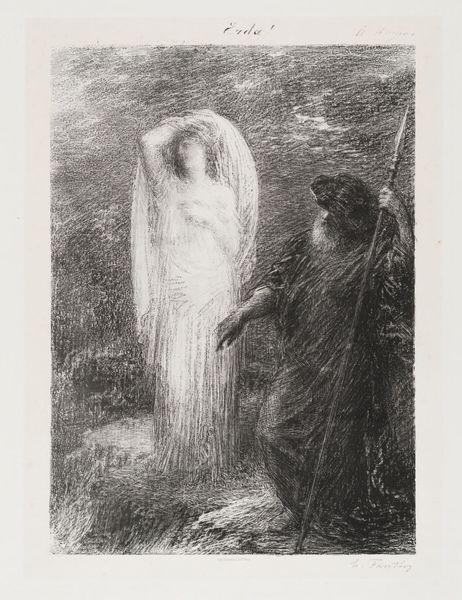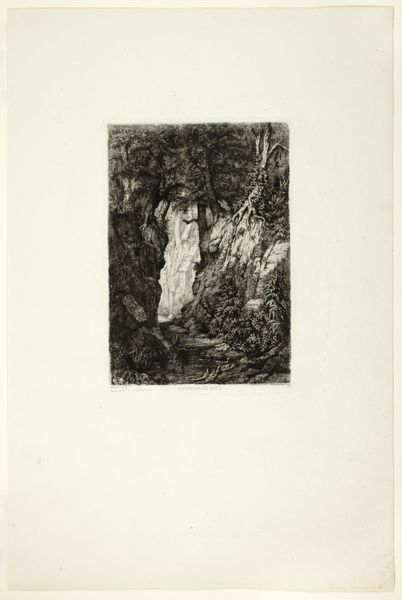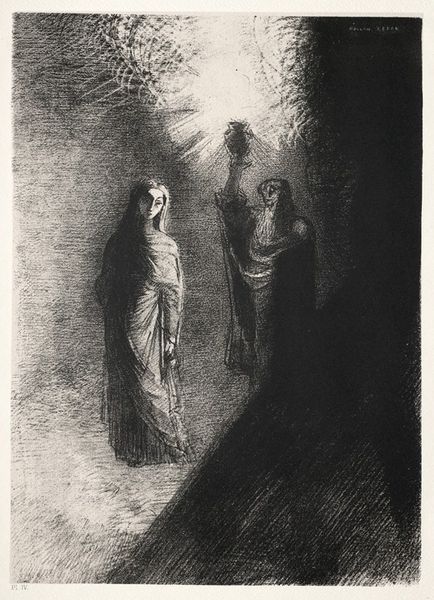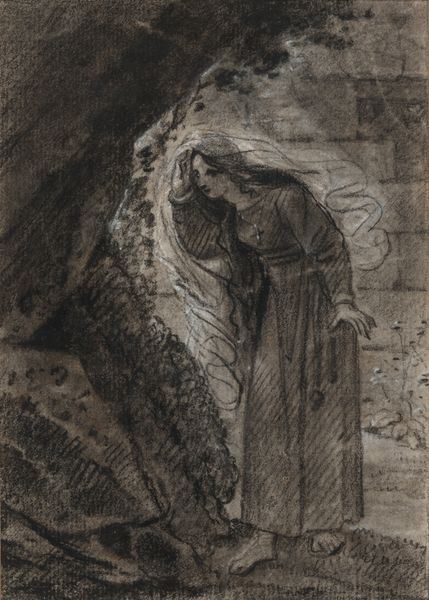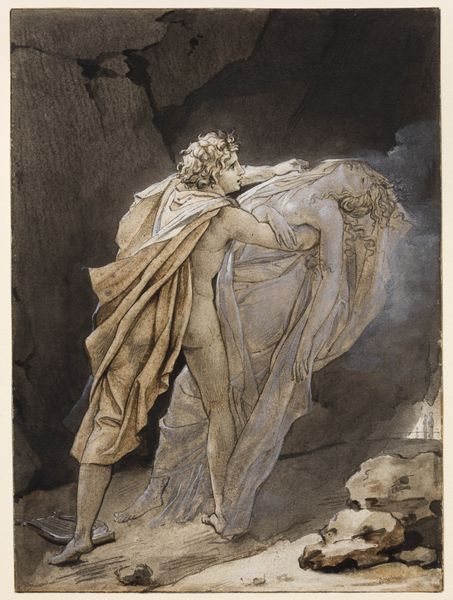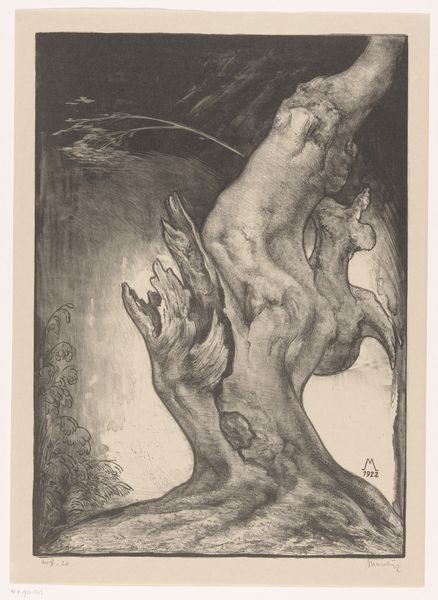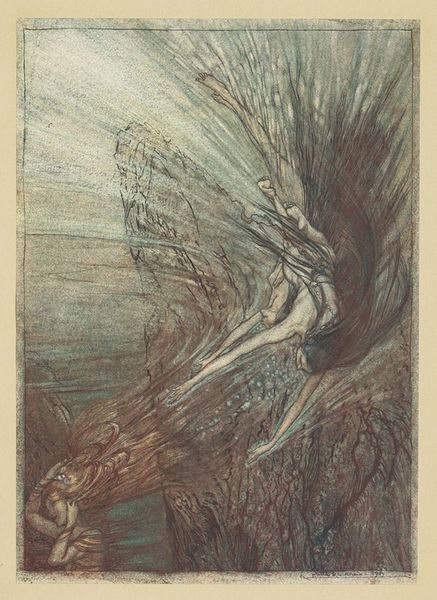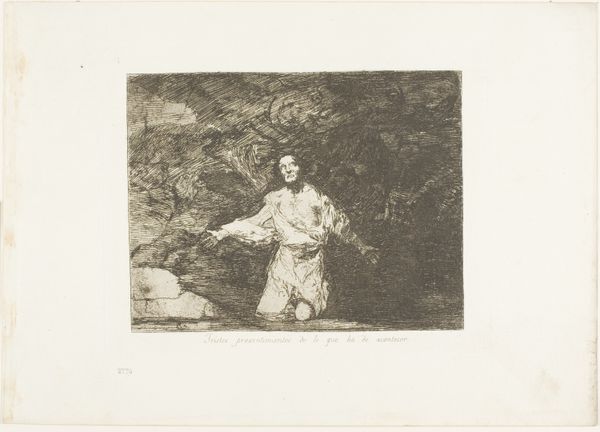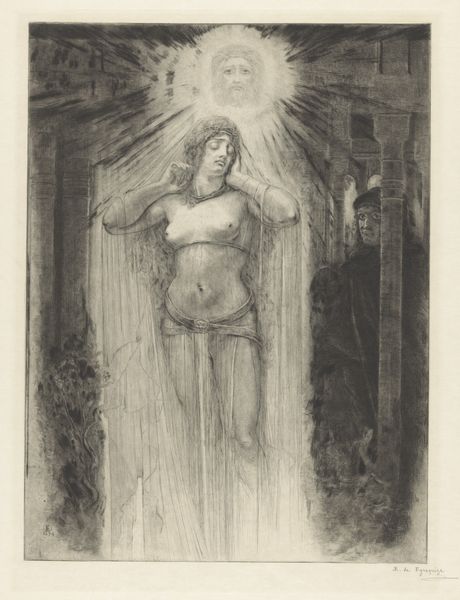
photography, gelatin-silver-print
#
landscape
#
photography
#
gelatin-silver-print
#
modernism
#
realism
Dimensions: image: 24.3 x 19.2 cm (9 9/16 x 7 9/16 in.) sheet: 25.6 x 20.3 cm (10 1/16 x 8 in.)
Copyright: National Gallery of Art: CC0 1.0
Curator: We're looking at Paul Strand’s "Driftwood, Maine," a gelatin silver print from 1928. Editor: It’s austere, even forbidding. That tight focus on weathered wood evokes something primal, almost like bones or the skeletal remains of something organic. Curator: Strand's close-up photographs like this elevate natural objects to almost monumental status, shifting our understanding of landscape and value within art itself. He was incredibly precise in his darkroom work. Editor: It’s interesting how the dark, almost vaginal crevice between the wood pulls you in, juxtaposed with the flayed, textured surface, reminding me of memento mori symbolism, speaking to our own transience and mortality. Is that a trick of the light, or are we seeing signs of rot there? Curator: Could be both. It seems Strand chose this angle specifically. The formal composition emphasizes the textures—the relentless detail. The smooth areas become almost as intriguing as the rough ones. One wonders, where did this wood come from, who handled it, what did they make with it? Editor: I can’t shake the impression of death and decay but also resilience, that indomitable quality of nature. Perhaps it echoes Maine's history, its unforgiving landscape, and the endurance of its people. Curator: Certainly. Strand admired the straightforward honesty of the working class, particularly their craftsmanship. He often highlighted functional objects—machines, tools— alongside natural forms, suggesting their equivalent value. Editor: Seeing it through that lens brings a new weight, lending to the conversation around mortality a dimension of work and usefulness of things, as cultural products, which themselves bear a sense of their eventual entropy. Curator: In the end, it demonstrates his unique blend of modernism and realism. Focusing our attention on the intrinsic qualities of the wood reveals much about both the object and our relationship to it as viewers. Editor: Absolutely, a compelling intersection of natural forms and human symbolism captured in such stark and lasting imagery.
Comments
No comments
Be the first to comment and join the conversation on the ultimate creative platform.
